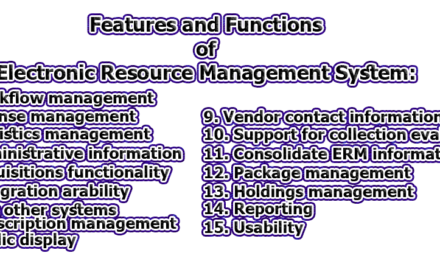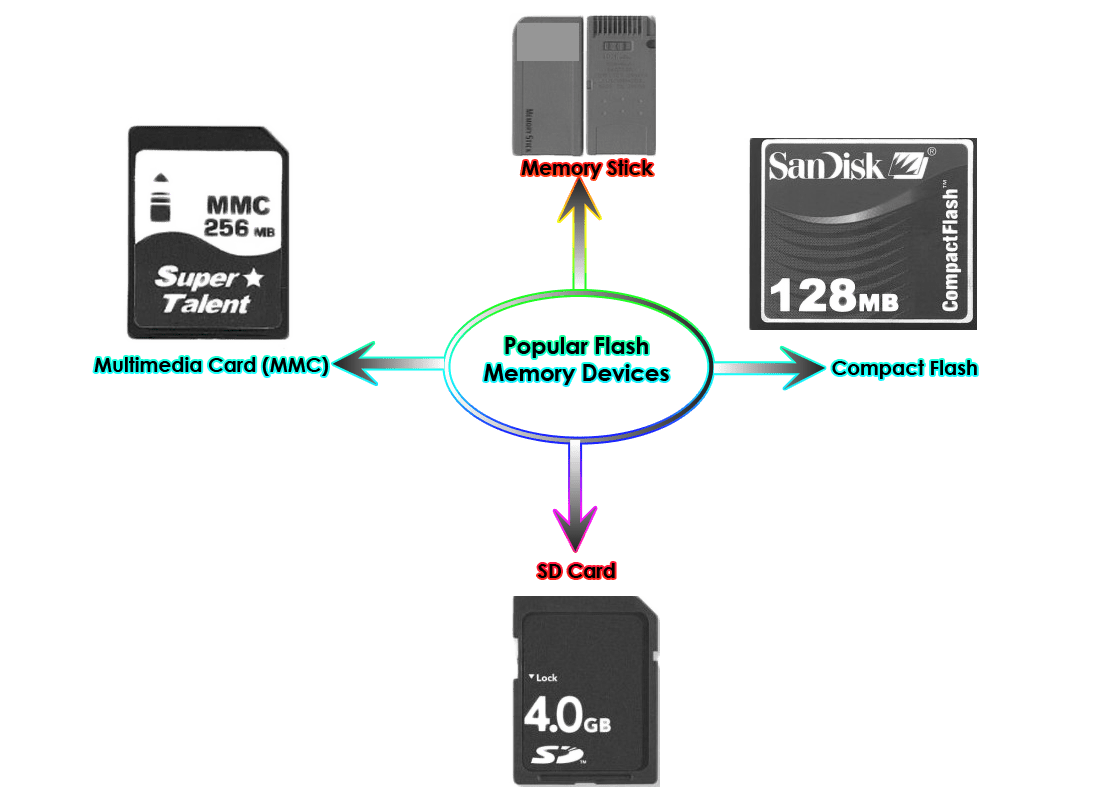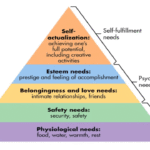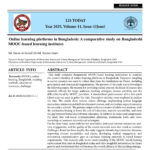Telecommunication refers to the transmission of information over long distances using electronic or optical signals. This includes the exchange of voice, data, and video between two or more parties located at different geographical locations. Telecommunication systems consist of a variety of devices, technologies, and networks that enable communication between individuals or machines, including telephones, cell phones, computers, routers, satellites, and fiber optic cables. Telecommunication plays a crucial role in modern society, facilitating global communication, commerce, and entertainment, and supporting a wide range of activities, including education, healthcare, and transportation. The rapid advancement of telecommunication technology has led to the development of new services and applications, such as video conferencing, online gaming, and e-commerce, and has transformed the way people interact and conduct business around the world. In this article, we are going to know about the components of telecommunication and the applications of telecommunications.
Definitions of Telecommunication:
Some of the necessary definitions are given below:
“Telecommunication refers to any transmission, emission, or reception of signs, signals, writing, images, or sounds, or intelligence of any nature, by wire, radio, optical, or other electromagnetic systems.” – (International Telecommunication Union (ITU))
“Telecommunication as the exchange of information between two or more entities separated by a distance. This exchange may take the form of voice, data, or video and is made possible by the use of a variety of technologies, including telephones, computers, radios, and satellites.” – (Lillian Goleniewski)
“Telecommunication as the transmission and reception of messages, using technology to overcome the limitations of time and distance. This includes both traditional technologies such as telegraph and telephone, as well as newer technologies such as the internet and wireless communication. Lehr emphasizes that the development of telecommunication technology has had a profound impact on society, transforming the way people communicate and interact with one another.” – (William Lehr)
From the above definitions, we can say that telecommunication refers to the means of transmitting information between distant locations using electronic or optical signals, enabling people to communicate and exchange data, voice, and video in real time.
Components of Telecommunication:
Telecommunication systems consist of several components that work together to facilitate the exchange of information between two or more parties. Here are the main components of telecommunication:
- Terminals: Terminals are the devices used by users to input, process, and receive information in a telecommunication system. Examples of terminals include telephones, cell phones, computers, fax machines, and other communication devices.
- Telecommunication Processors: Telecommunication processors are devices that enable communication between terminals. They process the data, voice, and video signals, and transmit them over the communication channels. Examples of telecommunication processors include routers, switches, modems, multiplexers, and other network devices.
- Communication Channels: Communication channels are the pathways that carry the data, voice, and video signals between the terminals. They can be wired, wireless, or optical, depending on the type of telecommunication system. Examples of communication channels include copper wires, fiber optic cables, radio waves, and satellite links.
- Computers: Computers are used in telecommunication systems to store, process, and manage the information being transmitted. They can act as terminals or telecommunication processors, depending on their function in the system.
- Telecommunication Control Software: Telecommunication control software is used to manage and control the telecommunication system. It includes the software used to configure and manage the network devices, as well as the software used to manage the communication between the terminals.
Overall, the components of telecommunication work together to enable communication between two or more parties over long distances. Each component has a specific function, and the combination of these components results in a complex system that facilitates the exchange of information in real time.
Applications of Telecommunications:
Telecommunications refers to the process of transmitting information, signals, and messages over a distance using electronic or optical technologies. In recent years, the use of telecommunications technology has grown rapidly, and it has become an integral part of modern society. Telecommunications has many applications in various fields, including electronic communication systems, electronic meeting systems, and business process systems.
a. Electronic Communication Systems: Electronic communication systems refer to the use of technology to send and receive messages and information electronically. There are various types of electronic communication systems, including:
- E-mail: Electronic mail is a system for sending and receiving messages and files over the internet. It is an efficient and cost-effective way of communicating with others, especially for business purposes.
- Voice-Mail: Voicemail is a system that allows users to leave a voice message for someone who is unavailable to take a call. It is commonly used in offices and businesses.
- Bulletin Board System: A bulletin board system (BBS) is a computer-based messaging system that allows users to post messages, share files, and interact with others.
- Facsimile: Facsimile, or fax, is a technology that allows the transmission of printed material over a telephone line. It is commonly used in offices to send and receive documents.
- Public Information Services: Public information services provide access to information, such as news, weather, and traffic updates, via electronic means. They are often accessed through mobile devices.
- Videos: Videos are a form of electronic communication that allows for the transmission of moving images and sound. They are commonly used for entertainment, education, and communication.
b. Electronic Meeting Systems: Electronic meeting systems refer to the use of technology to facilitate meetings and collaboration between people who are geographically dispersed. There are various types of electronic meeting systems, including:
- Desktop Video Conferencing: Desktop video conferencing allows for real-time communication and collaboration between people in different locations. It is commonly used in business settings for meetings and presentations.
- Decision Room Conferencing: Decision room conferencing is a type of electronic meeting system that is used to facilitate group decision-making. It is commonly used in business settings for brainstorming sessions and strategic planning.
- Computer Conferencing: Computer conferencing allows for real-time communication and collaboration between people in different locations via computer. It is commonly used in educational settings for online classes and discussion groups.
- Teleconferencing: Teleconferencing allows for real-time communication and collaboration between people in different locations via the telephone or the internet. It is commonly used in business settings for meetings and presentations.
c. Business Process Systems: Business process systems refer to the use of technology to streamline and automate business processes. There are various types of business process systems, including:
- Online Transaction Process: Online transaction processing (OLTP) allows businesses to process transactions in real time. It is commonly used in e-commerce and banking.
- Electronic Data Interchange: Electronic data interchange (EDI) allows businesses to exchange data electronically in a standardized format. It is commonly used in supply chain management and logistics.
- Electronically Fund Transfer: Electronically fund transfer (EFT) allows for the transfer of funds between accounts electronically. It is commonly used in banking and financial transactions.
- Activity Monitoring: Activity monitoring allows businesses to track and monitor employee activity, including internet usage and computer activity. It is commonly used in security and compliance.
- Process Control and Telecommunicating: Process control and telecommunicating allow businesses to remotely monitor and control production processes. It is commonly used in manufacturing and industrial settings.
In conclusion, telecommunications technology has become an essential part of modern society, enabling people to connect and collaborate in new and innovative ways. With the continued evolution of this technology, we can expect to see even more exciting applications and advancements in the years to come.

Assistant Teacher at Zinzira Pir Mohammad Pilot School and College










